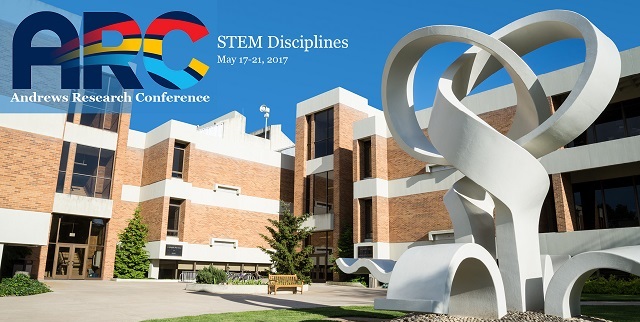Laser Driven Fiber Optic Gyroscopes for Inertial Navigation of Aircraft
Presenter Status
Research Assistant, Electrical Engineering
Presentation Type
Oral Presentation
Session
D
Location
Chan Shun 108
Start Date
19-5-2017 4:20 PM
End Date
19-5-2017 4:40 PM
Presentation Abstract
The fiber optic gyroscope (FOG) utilizes a Sagnac interferometer to infer a rotation rate, and can serve as the rotation sensor in an inertial navigation system (INS). In a FOG, a coupler splits input light into two ends of a coiled loop of fiber that interfere upon return. In the absence of rotation, they travel through the same optical path and interfere constructively. Under rotation, due to the relativistic Sagnac effect, the two signals undergo slightly different optical paths, which alter the interferometer output power. The rotation rate is inferred by this power change. Ring laser gyroscopes (RLG) are less expensive and more sensitive than FOGs, but are inherently less reliable and suffer shorter lifetimes due to their high-voltage electrodes and mechanical dithering. Thus, the FOG is used where reliability is essential but low-cost is not a requirement, such as in military aircraft, submarines, missiles, and space exploration. The Digonnet group at Stanford recently demonstrated a new type of FOG driven by a broadened laser instead of an incoherent Erbium-doped superfluorescent fiber source (SFS). A laser’s mean wavelength is significantly more stable than that of an SFS, which translates into a much more stable scale factor than in an RLG. My research aims to reduce noise, improve the long-term stability, and reduce the overall cost of this novel FOG, in part to make it more competitive against the RLG, and in part to produce more precise navigation systems, particularly for use in aircraft.
Biographical Sketch
Jonathan Wheeler received his BS in Physics and Mathematical Studies, and his BSE in Engineering at Andrews University in 2016. He is currently pursuing a Masters in Electrical Engineering at Stanford University.
Laser Driven Fiber Optic Gyroscopes for Inertial Navigation of Aircraft
Chan Shun 108
The fiber optic gyroscope (FOG) utilizes a Sagnac interferometer to infer a rotation rate, and can serve as the rotation sensor in an inertial navigation system (INS). In a FOG, a coupler splits input light into two ends of a coiled loop of fiber that interfere upon return. In the absence of rotation, they travel through the same optical path and interfere constructively. Under rotation, due to the relativistic Sagnac effect, the two signals undergo slightly different optical paths, which alter the interferometer output power. The rotation rate is inferred by this power change. Ring laser gyroscopes (RLG) are less expensive and more sensitive than FOGs, but are inherently less reliable and suffer shorter lifetimes due to their high-voltage electrodes and mechanical dithering. Thus, the FOG is used where reliability is essential but low-cost is not a requirement, such as in military aircraft, submarines, missiles, and space exploration. The Digonnet group at Stanford recently demonstrated a new type of FOG driven by a broadened laser instead of an incoherent Erbium-doped superfluorescent fiber source (SFS). A laser’s mean wavelength is significantly more stable than that of an SFS, which translates into a much more stable scale factor than in an RLG. My research aims to reduce noise, improve the long-term stability, and reduce the overall cost of this novel FOG, in part to make it more competitive against the RLG, and in part to produce more precise navigation systems, particularly for use in aircraft.



